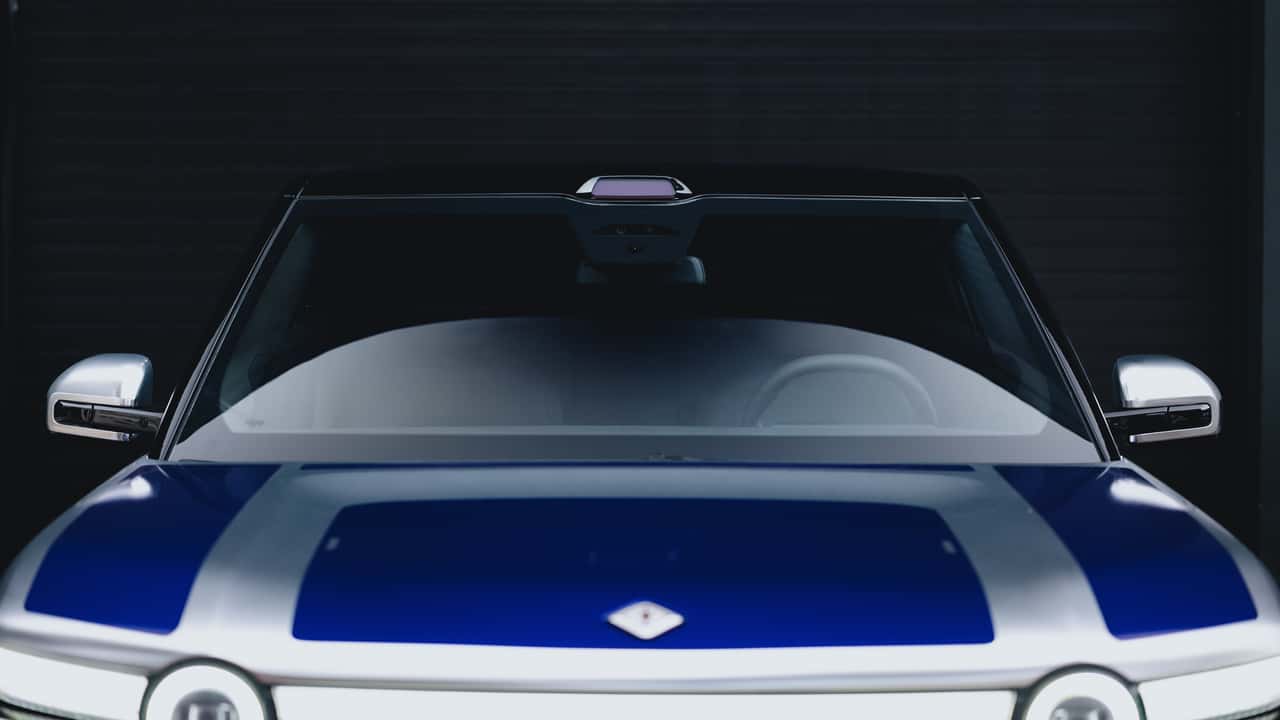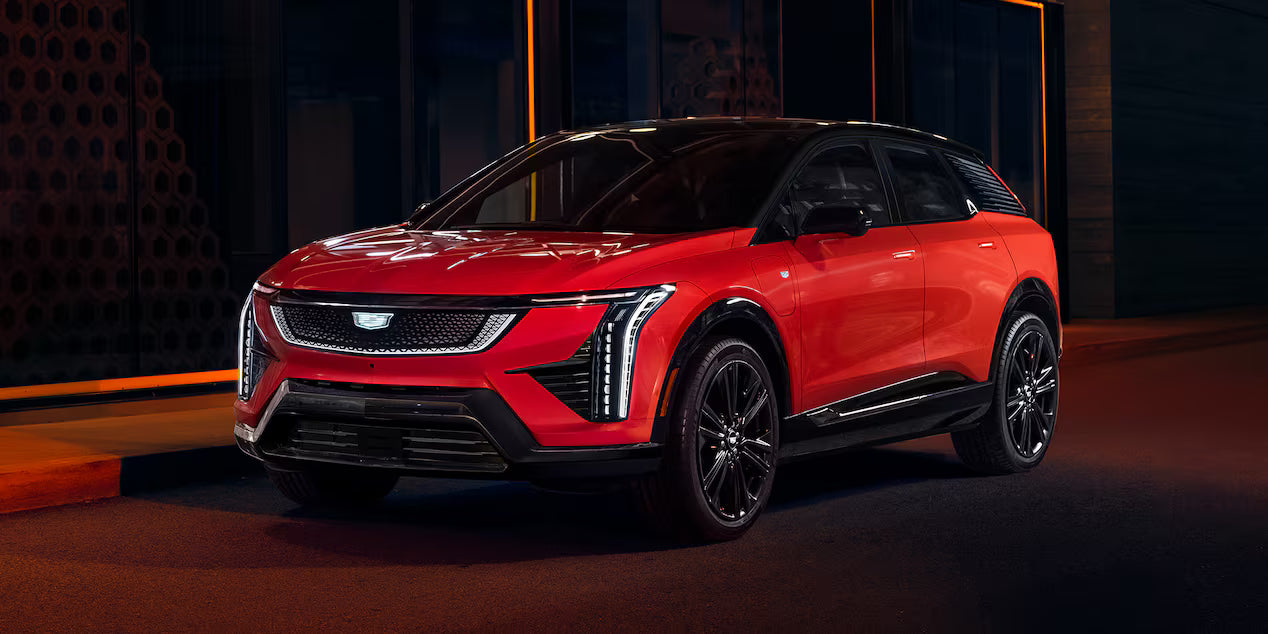As electric vehicles (EVs) proliferate, so do the different fast‑charging standards. In North America, two competing systems have emerged: J1772 Combined Charging System (CCS1) and Tesla’s North American Charging Standard (NACS). Understanding the relationship between these connector types, their adoption, and future trajectory is essential for EV owners, automakers, and infrastructure planners alike.
This article covers:
-
What J1772 (CCS1) and NACS are
-
How they differ electrically and physically
-
Which EVs currently support NACS charging
-
Upcoming EV models that will add NACS compatibility
-
The future of charging infrastructure with NACS and CCS convergence
1. What Is J1772 / CCS1?
J1772 Level 2 (AC) Connector
This is the standard single-phase AC connector for Level 1/2 charging in North America, providing 120V or 240V and up to 80A, delivering up to ~19 kW.
CCS1 (Combined Charging System 1)
This combines the J1772 AC plug with two additional DC pins to deliver DC fast charging up to several hundreds of kilowatts. CCS1 is the North American implementation of the global CCS system.
Current status: It is the primary standard supported by most non‑Tesla EVs in North America—Ford, GM, Volkswagen, BMW, Hyundai, Kia, and others.
2. What Is NACS?
North American Charging Standard (NACS) is Tesla’s proprietary connector and protocol used across Tesla Supercharger DC fast‑charging network in North America. Because Tesla vertically integrated hardware, software, and station network, NACS became ubiquitous for Tesla users.
NACS combines AC and DC charging into a single streamlined connector. It's physically smaller than the CCS1 plug and widely praised for ease of use.
3. Key Differences: J1772/CCS1 vs NACS
| Feature | J1772 / CCS1 | Tesla NACS |
|---|---|---|
| Use Case | J1772 for AC, CCS1 for DC | Single connector for both AC & DC |
| Physical Size | Larger, bulkier | Slimmer, more ergonomic |
| Support | Broad non‑Tesla adoption | Tesla vehicles & select adapters |
| Plug-in Simplicity | Requires separate cable or adapter | Native all-in-one |
| Power Levels | Up to ~350 kW (CCS1) | Up to 250–350 kW+ (Supercharger V4) |
4. Why Tesla Is Opening NACS to Other Brands
In mid‑2022, Tesla announced that its Supercharger network would open to non‑Tesla EVs, starting with pilot programs and adapters. In 2023, they published patents and specifications for the NACS connector and invited other automakers to adopt it.
Why the shift matters:
-
Tesla’s Supercharger network is the most extensive and reliable DC fast‑charging infrastructure in the U.S. and Canada
-
NACS connector is favored for ergonomic design and ease of use
-
Automaker alignment helps reduce charger fragmentation and improves interoperability
5. EVs Currently Using or Compatible with NACS
Many non‑Tesla EV manufacturers now offer adapters or will factory-fit NACS ports starting 2025–2026:
Already Compatible via Adapter or NACS-Wired
-
Ford Mustang Mach‑E (via adapter)
-
Ford F‑150 Lightning (built-in adapter)
-
Lincoln EV models (via Ford)
-
Rivian R1T & R1S (via adapter; future vehicles to include NACS port)
-
Polestar 2 (adapter kit available in the U.S.)
-
Lucid Air / Lucid Gravity (adapter planned)
-
Chevrolet (Stellantis / GM): Bolt EV/Modello, upcoming EVs (some with adapter programs)
6. Charging Experience: What Changes for EV Owners?
For Current Tesla Owners
-
No change—Superchargers and NACS are standard.
For Non‑Tesla EV Owners Today
-
Use a NACS-to-CCS adapter or plug in at CCS chargers.
-
Charging speeds limited to adapter and onboard charger capacity (often ~150 kW max).
-
Access to Supercharger stations depends on pilot program and local policies.
From 2025+ Onwards
-
EVs equipped with built-in NACS port can directly use Superchargers.
-
No adapters needed; charging starts with a more seamless experience.
-
EV owners can also charge at CCS1 chargers using CCS-to-NACS adapters (sold separately or bundled).
7. Future Charging Infrastructure Landscape
Widespread NACS Rollout
-
Many new public charging networks like EVgo, ChargePoint, Electrify America have begun installing NACS-compliant chargers.
-
In new stations and retrofits, charging posts may offer both CCS1 and NACS plugs.
Reducing Fragmentation
-
As major automakers adopt NACS (or offer adapters), North America will increasingly converge toward a dual‑standard–safe environment (both CCS1 and NACS).
-
This reduces charging confusion and increases user convenience.
International Trend Watch
-
Europe continues using CCS2. Japanese and Korean markets largely use CHAdeMO or CCS (future-adopting NACS optional via adapters).
-
While NACS is currently North America–specific, future open-sourced specifications may influence global compatibility.
8. Advantages of Adopting NACS Industry-Wide
-
More Accessible Superchargers
EV owners can access Supercharging infrastructure regardless of brand. -
Simplified Hardware
EV makers may no longer dual‑fit CCS1 and J1772; one connector to rule both AC and DC. -
Improved Design
Smaller connector size makes it easier to handle during hot or cold weather, in rain, or with gloves. -
Market Coalescence
Charging network providers can standardize on fewer plug types, reducing equipment and maintenance costs.
9. Transition Period: What to Expect Between 2024 and 2030
-
2024–2025: Surge in adapter programs and early NACS-wired EVs.
-
2025–2027: Rapid adoption of native NACS connectors across new models.
-
2030+: CCS1 may remain supported for existing vehicles; new builds likely favor NACS; dual-standard charging stations common.
Consumers may need to exercise a period of dual compatibility awareness, but it will smooth over as NACS becomes mainstream.
10. How to Navigate Charging Today
EV Owners Should:
-
Check vehicle specs: Does your EV support NACS (via adapter or built-in)?
-
Plan your adapter needs now: Order NACS-to-CCS adapter early if you want Supercharger access.
-
Monitor firmware updates: Tesla and some non-Tesla networks push software that optimizes charging with adapter support.
-
Use apps like PlugShare, ABRP, or manufacturer-specific apps to filter available station connectors.
Infrastructure Operators Should:
-
Install stations with dual ports (CCS + NACS) where feasible.
-
Provide clear signage and labeling to help all users identify compatibilities.
-
Communicate adapter-availability and policies to end-users.
11. Summary
-
J1772/CCS1 remains the most widely used system among non‑Tesla EVs in North America.
-
NACS is Tesla’s compact connector system integrated into its proprietary Supercharger network.
-
Thanks to adapter programs and open standards, non-Tesla EVs can use NACS today via adapters.
-
Starting 2025, many EVs will include native NACS ports, reducing reliance on CCS.
-
Charging infrastructure is gradually converging to support both CCS1 and NACS, improving user experience.
-
Automakers and networks benefit from standardization, simplicity, and scale efficiencies.
Recommended FAQs (SEO)
-
What is a NACS connector and how does it differ from CCS?
– Explained above; NACS combines AC/DC in a smaller, ergonomic plug favored by Tesla. -
Can I charge my non-Tesla EV at Tesla Superchargers?
– Yes, using a compatible NACS-to-CCS adapter (where the pilot program is active). -
Will upcoming EV models support NACS natively?
– Ford Mach‑E and F‑150 Lightning (2025+), Rivian R2, Lucid vehicles, GM EVs, and others. -
Will CCS1 go away once NACS is ubiquitous?
– Likely not immediately; CCS1 will continue supporting existing EVs, even as new vehicles favor NACS. -
Should I retrofit my home charger to NACS?
– If your vehicle supports NACS, upgrading to a NACS-capable Level 2 charger will streamline future charging sessions.
Recommend Reading: Do All EVs Use the Same Plug? Plug Types Explained for New Drivers








Share:
Kia EV4 Endurance Tested: 6,200 Miles at Nürburgring, 95 % Battery Health, 70 % Guarantee
Everything You Need to Know About the Tesla Wall Connector — Plus an Alternative Worth Considering